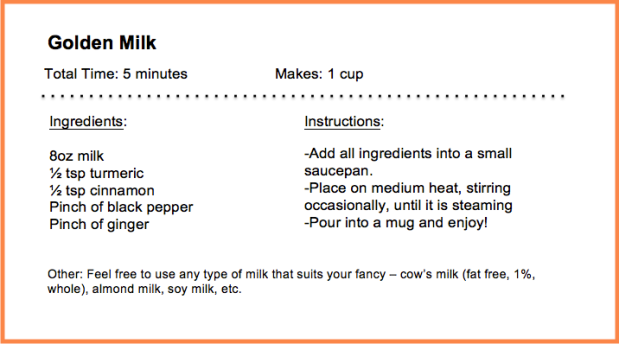I can’t believe today is the last first day of school I will ever have (at least in the near future). There are only the 15 weeks (one semester) standing between me and a master’s degree! With my last “official” summer as a student behind me, I can’t go without talking about my summer adventure to Japan.
I just got home from the steaming hot country last week and had an incredible time! We did lots of walking (definitely hit my 10,000 steps every day), lots of sightseeing, and of course, lots of eating. I checked out tons of local grocery stores and had to try almost every street food we passed.
All of the sushi, ramen, rice, fish, and Japanese omelets were so delicious — I could hardly get enough! However, by the last few days of our two-week trip I was definitely craving some vegetables (that weren’t fried into tempura!). My body wasn’t use to all the starchy rice and ramen noodles. I felt like most of the food I was eating was heavy and “unhealthy”.
I put unhealthy in quotations because there is not one definition of healthy. We, in the United States, are conditioned to believe that noodles and rice (among all other starchy, high-carb foods) are “unhealthy” and cause weight gain. With that messaging, you would think that everyone in Japan would be obese, but guess what?…I didn’t notice a single Japanese person that was severely overweight.
The obesity rate in Japan is a mere 3.5% compared to over 35% in the United States! How could it be possible that Japanese people constantly eat “unhealthy” food for several meals a day but aren’t overweight?
Quite timely as I returned from my trip, I received an email with an article from SELF Magazine entitled “Our Idea of Healthy Eating Excludes Other Cultures, and That’s a Problem”. A Registered Dietitian whose family was from Trinidad wrote the article, and she discussed how our portrayal of “healthy” food is very Eurocentric and makes people think that foods from other cultures are “unhealthy”.
Think about it, most people say their night out at a Mexican restaurant was “unhealthy” – and while maybe there were a few too many chips and margaritas, this Americanized version of a Mexican meal makes us (and potentially Mexican Americans) label Mexican food as “bad”. This same notion goes for Japanese food. Obviously the Japanese are doing something right if their obesity rate is just a fraction of ours.
All of this made me realize that, as a Dietitian and health professional, I need to be more aware of different cultures and their dietary habits, and as an American society, we can’t label peoples’ cultural foods as “good” and “bad”. We also can’t expect people to give up their culture, heritage, and ancestry to eat what the stereotypical Eurocentric “healthy diet”.
Just some food for thought 🙂
Interested in reading the SELF Magazine article? Click here!
A few meals and treats from my trip








